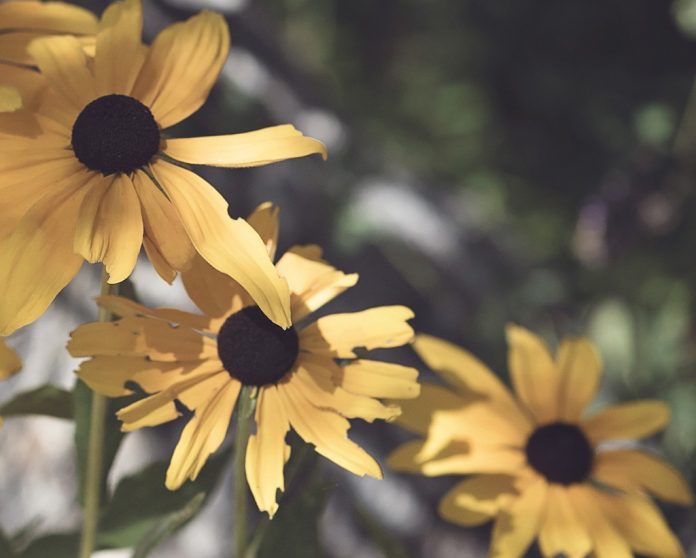The sun has been going down earlier and nights have been getting colder, making it feel like fall. As all the golds, reds and browns start to take over, the greens fade away. The late blossoms in your garden will wilt, signaling the end of the growing season.
The end of the season means the vegetable garden needs to be cleaned up, the annuals need to be pulled after the first frost and the perennials need some grooming when they’re done blooming. Tending to the vegetable garden is pretty simple — toss the plant debris in the compost pile. Pulling annuals is easy as well — toss the plant debris in the compost pile. Perennials are a little trickier.
Which perennials need cut back?
Gardeners have more time for cleanup in the fall when they are unburdened by planting season. However, many rush outside and make the mistake of cutting their plants back too early. Unless they are diseased or infected, it’s better to wait until several frosts have killed back the tops before cutting plants back. This gives their roots time to reclaim energy from the dying portion to store for new growth in the spring. In some cases, leaving plant tops over winter is preferable.
Diseased or infested plants. Plants plagued by disease or riddled with insects need to be cut back right away to reduce the chance of infection the following season. After removing the damaged stems and leaves, destroy the debris rather than composting to avoid reintroducing the disease or pest in the spring.
Hostas. Hosta leaves need to be removed as soon as they are damaged by frost, as dead leaves harbor slug eggs. If left alone, the leaves could become infested, ruining next year’s garden when the eggs hatch.
Plants with browning or blackened foliage and bare stalks. It saves time in the spring to cut back plants that don’t add anything visually to your winter garden and serve no purpose for wildlife through the winter. Some examples include peonies, daylilies, brunnera and speedwell.
Cutting back perennials
We cut back perennials in the fall to clean our gardens up for spring, encouraging new growth and flowering. When pruning your plants, follow these guidelines:
- Make clean cuts through plant stems during the pruning process. Bypass pruners are preferred, but hedge shears are also acceptable to use.
- When cutting back plants, leave two inches of stem above the soil. This is to both mark the location of late-blooming plants in the spring and ensure optimum regrowth.
- Don’t mix insect infested or diseased plant debris in with healthy debris. Healthy debris can be composted or left around your perennials until spring, while diseased and infected plant stems and leaves need to be discarded.
Perennials to leave standing
While some plants require maintenance in the fall, others are better left alone to overwinter more successfully, add to your winter landscape, provide food for birds and shelter beneficial insects.
Add to the landscape. Alongside evergreens and the skeletons of shrubs, ornamental grasses and standing perennial seedpods can add dimension to your winter garden. You can leave them standing through the winter and cut them back in the spring before new shoots appear. Some examples of grasses to leave standing are switch grass, zebra grass and feather reed grass. Some examples of plants with interesting seed pods include Siberian iris, blue false indigo, sedum ‘Autumn Joy’ and Joe Pye weed.
Provide food for birds. Many birds rely on the seed heads of dried perennials for food and find protection from the weather in plant stubs and ground covers. Some favorite food sources include purple cornflower, black-eyed Susan and oxeye sunflower seeds.
Shelter insects. Beneficial insects rely on native plants to hide in for winter as pupae, caterpillars or eggs. Plants and plant debris provide shelter from insect predators, as well as winter weather.
Marginally hardy perennials. Leave marginally hardy perennials standing. They are more likely to survive winter if their tops are left to collect leaves and snow for insulation and moisture. Some examples include mums, anise hyssop, red-hot poker and Montauk daisy.
Evergreens. Low-growing evergreen and semi-evergreen perennials can be left alone in the fall and cleaned up in the spring. Some examples include hardy geraniums, heucheras, hellebores, dianthus and moss phlox.












